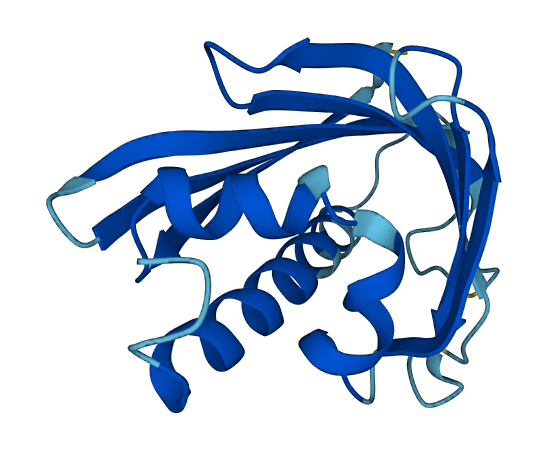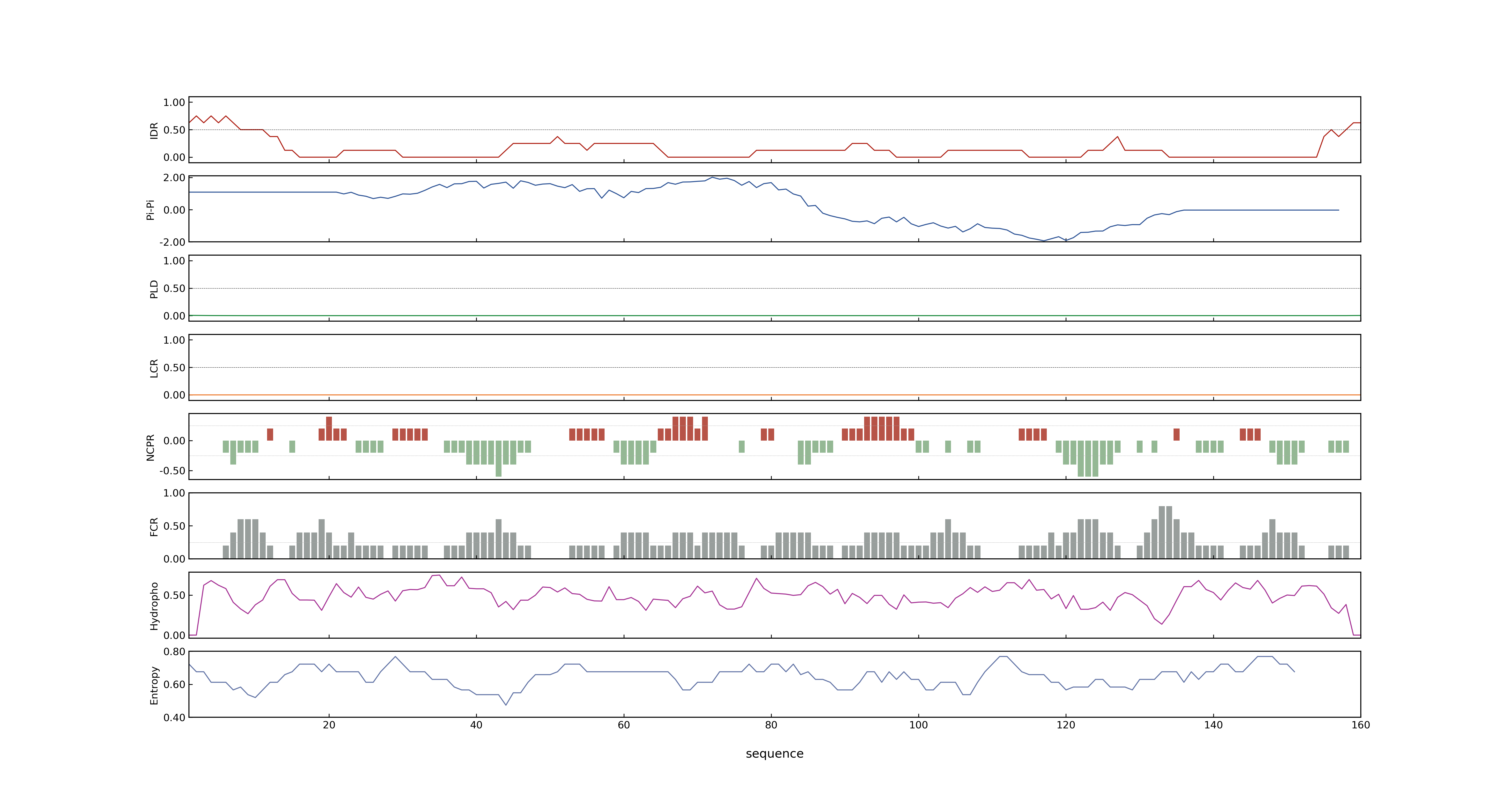- Information
- Symbol: RSOsPR10,OsPBZ14
- MSU: LOC_Os12g36830
- RAPdb: Os12g0555000
- PSP score
- LOC_Os12g36830.1: 0.0877
- PLAAC score
- LOC_Os12g36830.1: 0
- pLDDT score
- 89.94
- Protein Structure from AlphaFold and UniProt
- MolPhase score
- LOC_Os12g36830.1: 0.00007207
- MolPhase Result
- Publication
- RNAi knockdown of Oryza sativa root meander curling gene led to altered root development and coiling which were mediated by jasmonic acid signalling in rice, 2007, Plant Cell Environ.
- A novel rice PR10 protein, RSOsPR10, specifically induced in roots by biotic and abiotic stresses, possibly via the jasmonic acid signaling pathway, 2004, Plant Cell Physiol.
- RSOsPR10 expression in response to environmental stresses is regulated antagonistically by jasmonate/ethylene and salicylic acid signaling pathways in rice roots, 2011, Plant Cell Physiol.
- Genbank accession number
- Key message
- Previously, we identified RSOsPR10 as a root-specific pathogenesis-related (PR) protein induced by drought and salt treatments in rice
- In the JA-deficient mutant hebiba, RSOsPR10 expression was up-regulated by NaCl, wounding, drought and exogenous application of JA
- Expression of RSOsPR10, involved in the JA signalling pathway, was induced in transgenic rice
- Expression of OsERF1, a transcription factor in the JA/ET pathway, was induced earlier than that of RSOsPR10 after salt, JA and ACC treatments
- Transcripts and proteins of RSOsPR10 were strongly induced by jasmonate (JA) and the ethylene (ET) precursor 1-aminocyclopropane-1-carboxylic acid (ACC), while salicylic acid (SA) almost completely suppressed these inductions
- RSOsPR10 expression in response to environmental stresses is regulated antagonistically by jasmonate/ethylene and salicylic acid signaling pathways in rice roots
- The present results indicate that RSOsPR10 is a novel rice PR10 protein, which is rapidly induced in roots by salt, drought stresses and blast fungus infection possibly through activation of the jasmonic acid signaling pathway, but not the abscisic acid and salicylic acid signaling pathway
- Immunohistochemical analyses showed that RSOsPR10 strongly accumulated in cortex cells surrounding the vascular system of roots, and this accumulation was also suppressed when SA was applied simultaneously with stress or hormone treatments
- Simultaneous SA treatment strongly inhibited the induction of RSOsPR10 expression and, to a lesser extent, induction of OsERF1 expression
- These results suggest that JA/ET and SA pathways function in the stress-responsive induction of RSOsPR10, and that OsERF1 may be one of the transcriptional factors in the JA/ET pathway
- A novel rice PR10 protein, RSOsPR10, specifically induced in roots by biotic and abiotic stresses, possibly via the jasmonic acid signaling pathway
- Interestingly, induction was observed almost exclusively in roots, thus we named the gene RSOsPR10 (root specific rice PR10)
- Connection
- OsERF1, RSOsPR10~OsPBZ14, RSOsPR10 expression in response to environmental stresses is regulated antagonistically by jasmonate/ethylene and salicylic acid signaling pathways in rice roots, Expression of OsERF1, a transcription factor in the JA/ET pathway, was induced earlier than that of RSOsPR10 after salt, JA and ACC treatments
- OsERF1, RSOsPR10~OsPBZ14, RSOsPR10 expression in response to environmental stresses is regulated antagonistically by jasmonate/ethylene and salicylic acid signaling pathways in rice roots, Simultaneous SA treatment strongly inhibited the induction of RSOsPR10 expression and, to a lesser extent, induction of OsERF1 expression
- OsERF1, RSOsPR10~OsPBZ14, RSOsPR10 expression in response to environmental stresses is regulated antagonistically by jasmonate/ethylene and salicylic acid signaling pathways in rice roots, These results suggest that JA/ET and SA pathways function in the stress-responsive induction of RSOsPR10, and that OsERF1 may be one of the transcriptional factors in the JA/ET pathway
Prev Next

